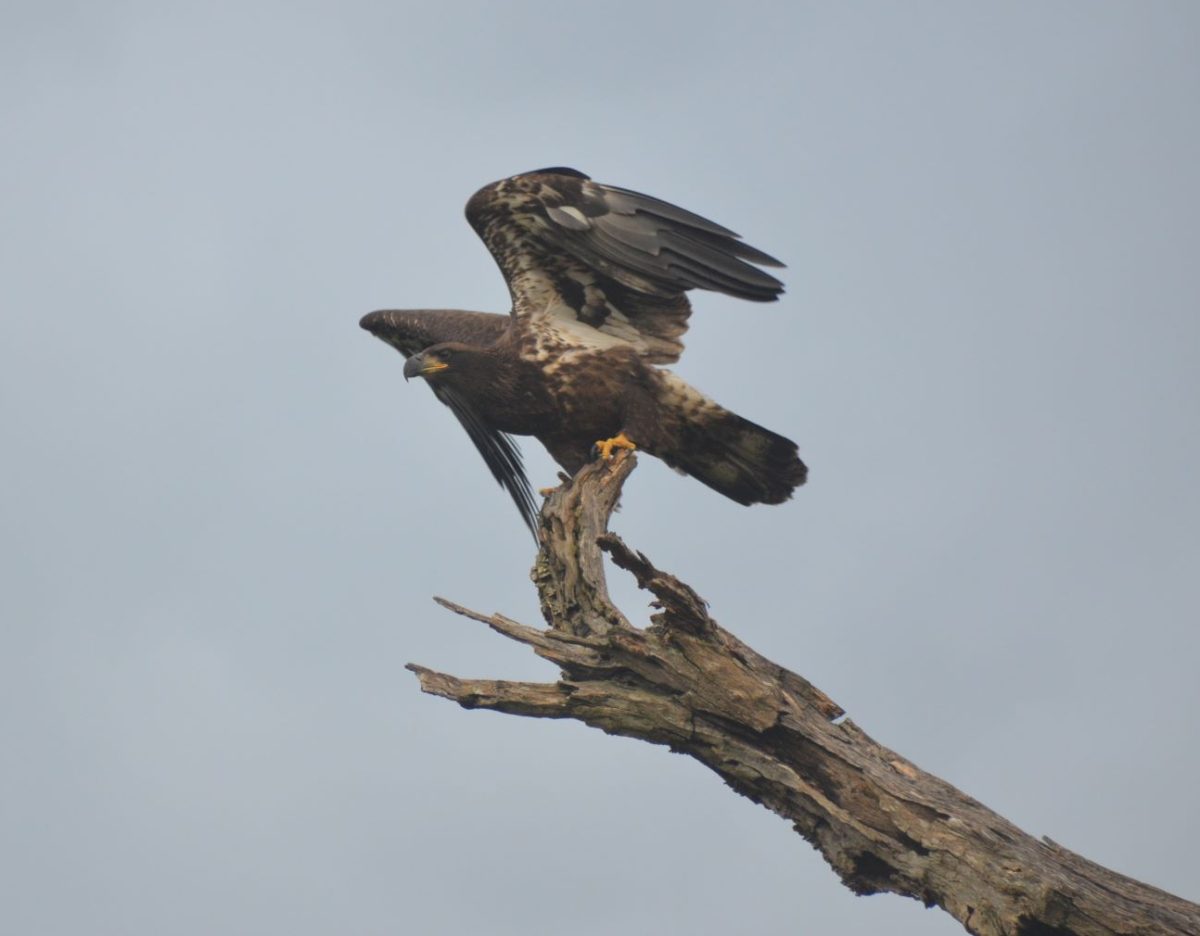
Sometimes it’s tough to keep all the acronyms used in this country straight. In this case we aren’t talking about a private investigator that specializes in underwear. In cattle industry terms PI BVD stands for Persistently Infected with Bovine Viral Diarrhea. A disease that costs the industry between 1.5 and 2.5 billion, that’s billion with a b, every year.
There are a lot of misconceptions about PI BVD animals so lets start at the beginning with how a PI is made.
PI calves are created in the uterus before they are born. PI calves look normal, but they shed the virus for their entire lives. A non-PI animal can be infected with BVD at anytime, but within a week it will either die or recover. That animal will never be persistently infected, but it will spread the disease while it is sick. BVD is a very contagious disease that spreads easily. Just like this:
5 cows are standing beside a neighbor’s fence. He just went to the local sale barn and purchased some calves. One of the calves is a PI.
Cow #1 is between 1 and 45 days bred. BVD causes her to abort her calf. She will get bred back again but she’ll be late calving and end up open the next time. So the loss is 60 to 100 lbs on her calf and the cost of replacing her. Approximately -$1,150.00.
Cow #2 is between 100 and 150 days bred. BVD causes her to produce a calf with nervous system abnormalities. He has problems walking and ends up dying a couple of weeks after birth. The loss of the calf and replacing the open cow amounts to approximately -$2,000.00.
Cow #3 is between 125 and 150 days bred. Her calf is normal but twice as likely to experience a severe illness in during his first ten months. We’ll assume he survives but the treatment cost is $75 and he never fully recovers. So he is 200 lbs. lighter than he should be for a loss including meds of -$375.00.
Cow #4 is 200 days bred. Her calf is stillborn. BVD can cause abortions and stillbirths at anytime from Day 1 to Day 283. The loss -$2,000.00.
Cow #5 is between 1 and 125 days bred. Her calf is born as a PI BVD calf. The calf’s body “thinks” that BVD is a normal part of it’s system. The calf will shed the virus in all body fluids at extremely high rates for it’s entire life. So the seemingly normal calf will grow at his mother’s side in the cow herd passing the disease to other cows in the herd and spreading sickness in the other calves also. Next season there will be more abortions, stillbirths, and PI calves born in the herd. The calf goes to the sale barn and ends up in a feedlot creating more havoc.
The losses from that one calf are enormous and continue for years.
The vicious cycle continues.

I’ll cover how to test and protect your herd from BVD another time.
Until next time.
Don’t forget to shut the gate!





























































































